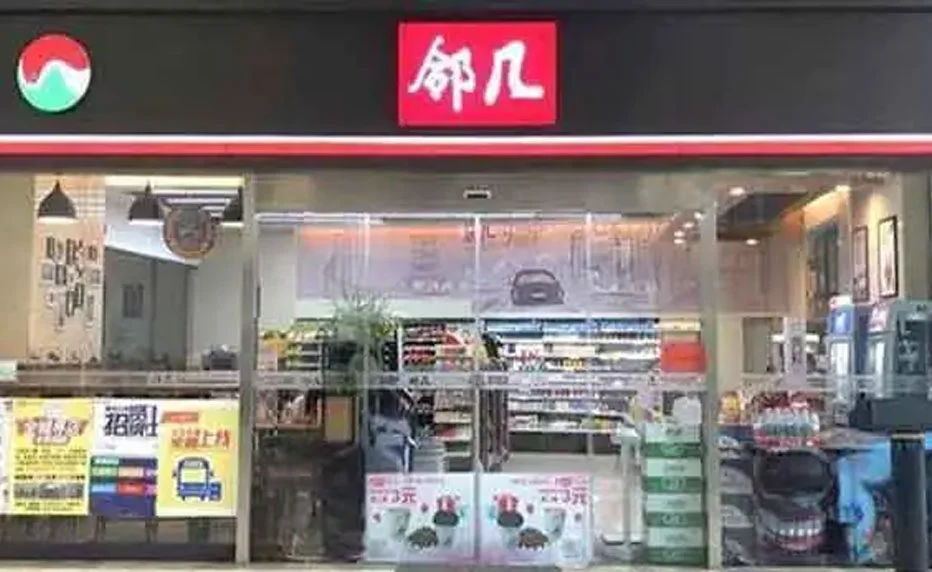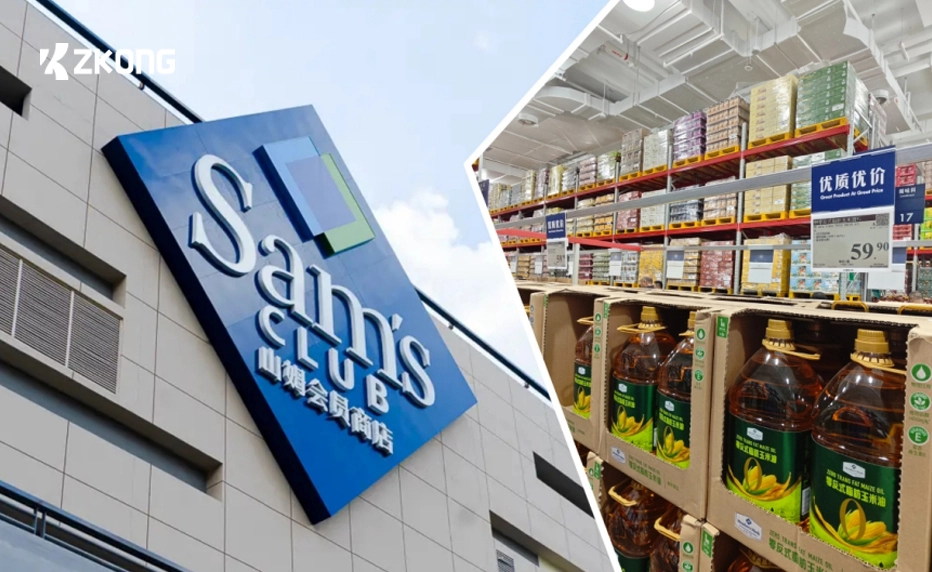Recently, high-priced ice creams have stirred up a lot of buzz on social media, earning the nickname “ice cream assassins” from frustrated consumers. This phenomenon has sparked widespread concern, with the root cause being the lack of clear price labeling in many retail environments. Customers are often unaware of the actual prices until they reach the checkout, leading to unpleasant shopping experiences.
For retailers, ensuring clear and transparent pricing is no easy task. With numerous products and constantly fluctuating prices, updating price tags is a frequent necessity. Traditional paper labels require manual updates, involving data verification, printing, cutting, and installation—a time-consuming and error-prone process.
In recent years, ESL price tags (electronic shelf labels) have gained popularity due to their advantages such as reusability, one-click price updates, and real-time data synchronization. However, the ongoing maintenance costs, particularly the frequent need to replace batteries, have limited their large-scale adoption.
To address the challenges of high electronic shelf edge labels cost, inefficiencies, limited functionality, and the continuous expenses associated with battery replacements, battery-free ESL price tags have emerged. These tags utilize advanced light-harvesting technology and zero-power IoT solutions, enabling continuous operation throughout their lifecycle without the need for batteries. This greatly enhances the efficiency of price updates for retailers. More importantly, it ensures that consumers always have access to real-time pricing information.
Unlike traditional ESL price tags that rely on battery power, the battery-free ESL price tags are powered by a micro-light energy harvesting module, leveraging energy-capturing electronic shelf label technology. This approach provides a reliable and virtually limitless power source. The solar panels integrated into the surface of the tags can capture energy in lighting conditions as low as 100 Lux.
Considering that most retail environments maintain lighting levels of at least 200 Lux, this power source is more than sufficient to keep the tags running without the need for maintenance. Compared to traditional price tags, the battery-free solution not only eliminates the material and labor costs associated with regular battery replacements but also reduces the environmental impact caused by battery production and disposal.
In terms of display capabilities, battery-free electronic pricing labels support multiple languages, barcodes, and QR codes. They offer standard templates, custom content, and split-screen functionality, all while allowing flexibility in tag size to meet varying display needs. Given the diverse retail environments, these ESL price tags are designed with enhanced waterproofing, achieving an IP67 rating, which makes them ideal for high-humidity settings like fresh produce sections.
The introduction of battery-free ESL price tags represents a significant leap forward in retail pricing solutions. By offering a cost-effective, eco-friendly, and highly efficient alternative to traditional price labeling, these ESL price tags not only streamline operations for retailers but also enhance the shopping experience for consumers. With advanced energy-harvesting technology and robust display features, battery-free ESL price tags are set to become a new standard in the industry, solving key pain points and setting the stage for more sustainable and efficient retail practices.


